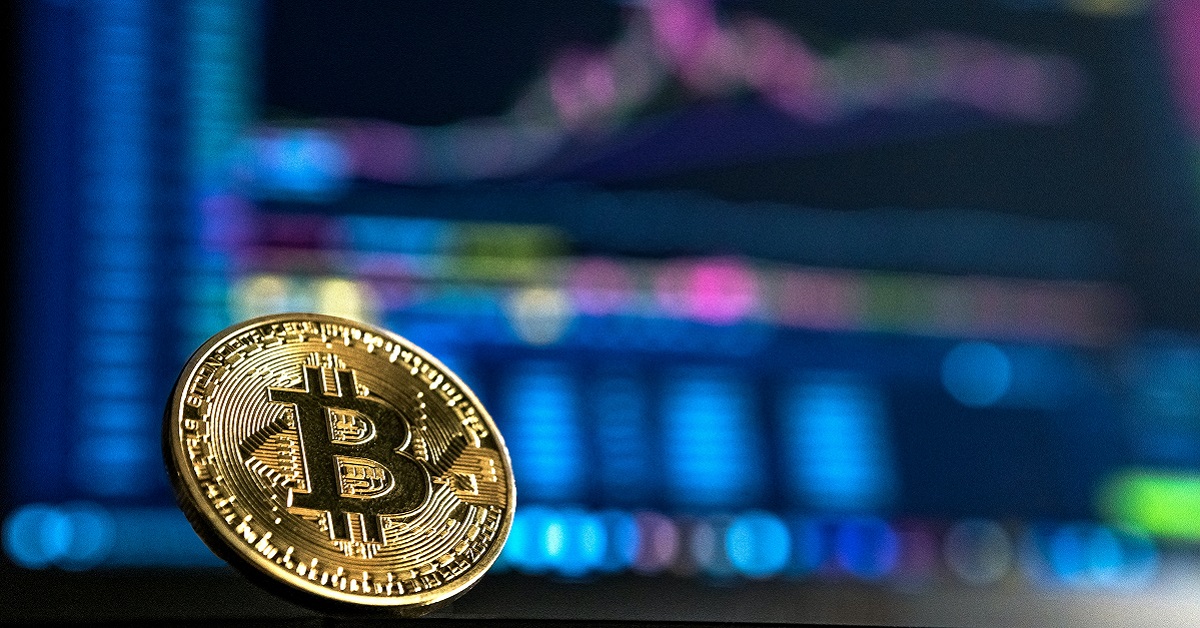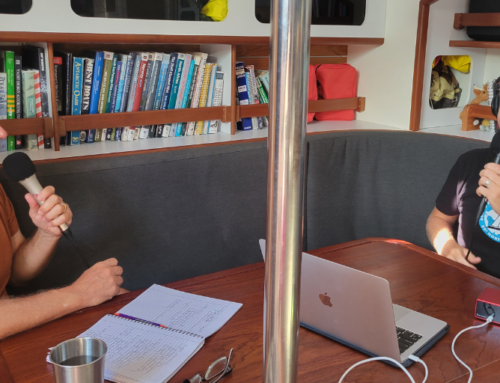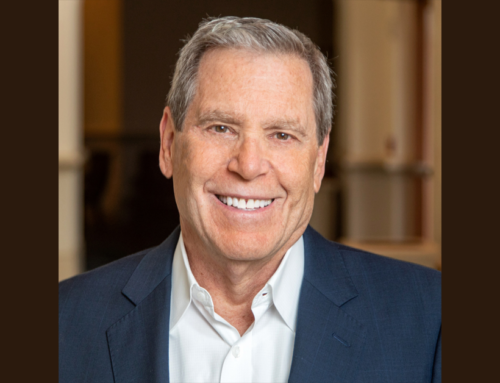Twelve years ago, something momentous happened. But it took awhile for people to figure it out.
For decades, a renegade group of people, most with strong libertarian beliefs, worked on ways to create a digital system of money and payments that did not rely on the “trust” of third parties, such as banks or the government.
The hope was to create a permissionless, decentralized system of money that operated outside the reach of any government and outside the ability of any private company or individuals to control.
And oh, it had to be impervious to malicious hackers and eliminate the possibility of “double spending” the same money.
It was a tall order!
Decades of Building Blocks
Beginning in the 1980s, these renegades started building the various components of this system, including:
- Opening up cryptography technology from being practiced behind closed doors by military, spy, and government agencies to creating publicly available data encryption standards and technology.
- The founding of DigiCash in 1989, which allowed people to conduct electronic payments using public and private key cryptography that made the transactions untraceable.
- The loose affiliation of a group of people known as “cypherpunks” who advanced the idea of digital cash and built off of each other’s developments.
- The creation of Adam Back’s Hashcash, which is a “proof of work” system that added a digital representation (computing power) of a scarce real world resource—energy—as the “cost” to completing an electronic activity. This helped create the idea of “digital scarcity” and opened up a path toward creating a new form of money that didn’t have to be “backed” by anything and didn’t require banks to act as a trusted intermediary.
- Building upon Hashcash, Wei Dai proposed “b-money,” which offered a way for untraceable entities to cooperate with each other, get paid for it, and enforce digital contractual agreements.
- Hal Finney’s reusable proof of work system, which used unique cryptographic tokens and built upon Back’s Hashcash innovation.
- Nick Szabo’s bit gold, which proposed a protocol to create costly digital “bits” that functioned like digital gold but with minimal reliance on trusted third parties.
Despite all these advances, the creation of an effective trustless, decentralized system of money and payments remained elusive. That is, until the momentous day of October 31, 2008.
On that day, the still-anonymous Satoshi Nakamoto released a white paper titled: Bitcoin: A Peer-to-Peer Electronic Cash System.
Initially, few people took notice—except Hal Finney.
A few months later, in January 2009, Satoshi released a live software version of the Bitcoin system and Finney was the first person to receive a bitcoin—from Satoshi him/her/itself.
Over time, the Bitcoin system grew and its use cases expanded. Originally, it was envisioned as a “peer-to-peer version of electronic cash (that) would allow online payments to be sent directly from one party to another without going through a financial institution.” Today, the fact that only 21 million bitcoins will ever be mined (18.5 million have been mined so far) has caused many people to view bitcoin as a digital version of gold, but with much easier storage, valuation, attestation, and transfer properties.
The end result is bitcoin’s market cap has grown from $0 to $250 billion in 12 years.
Why Should You Care?
Bitcoin is on the cusp of another explosion in the public consciousness. Various technological, financial, economic, political, and social factors are coming together in a way that is ideally suited for bitcoin.
The idea of a digital currency is not restricted to bitcoin. Central banks around the world including China, ECB, and yes, the Federal Reserve, have either launched or are seriously studying how to design central bank digital currencies. With major institutions such as Fidelity, JP Morgan, hedge fund leaders like Paul Tudor Jones, and entrepreneurs like Jack Dorsey of Square all owners of bitcoin, it’s clear that bitcoin and crypto technology is poised to expand in the years to come.
In full disclosure, I own bitcoin. But I’m writing about it today not to “talk my book,” but to encourage you to do your due diligence on this unique creature.
We all know the world is moving at a crazy pace. And just like you use new technology to improve your business, now is the time to learn how technology is expanding what we define as an investment.
New technology, massive and speedy changes in society, the rise of digitally native investors, and other factors make it clear to me that we should look beyond traditional assets such as stocks, bonds, and real estate and start doing our homework on new ways to help our clients meet their long-term financial goals.
Part of my role is to peer around the corner and share what I see coming. That’s one reason why I host multiple podcasts—so I can talk to people from all walks of life and then synthesize what I learn and communicate back to my clients in a way that they can benefit from.
What Should You Do?
Take some time and go down this rabbit hole with me. Keep an open mind to the idea that success in the future will require a very different way of viewing the world. Here are three things you can do right now.
- Listen to my new podcast with Nathaniel Whittemore. Nathaniel is a big thinker and we discuss the macro picture and the narratives around bitcoin, the markets, and societal issues. Listen here.
- Listen to my recent podcast with Michael Casey. Michael and I discuss the contextual 5,000-year history that has led to this moment in time where alternative money systems are a real option. Listen here.
- Register for the upcoming Bitcoin for Advisors conference to better understand bitcoin. I’m on the advisory board for this event and will be facilitating three sessions, including one with SEC Commissioner Hester Peirce. Apply to attend here.





